Rhinos drown in monsoon floods at Kaziranga National Park in India
Dozens of animals have died due to floods in a World Heritage-listed wildlife reserve in India including four rhinos found drowned this week.
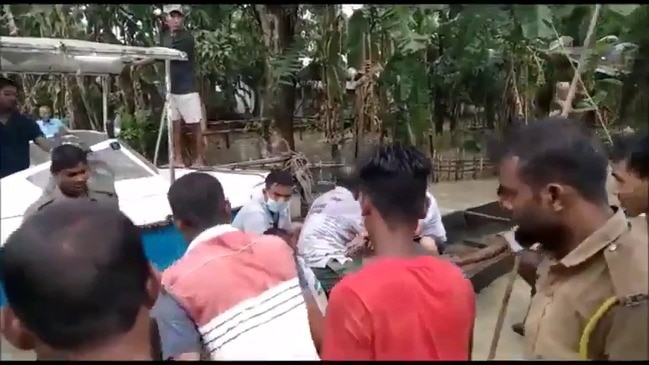
Several rhinos have drowned and a baby calf was separated from her mother after a 430sq km reserve in India was flooded by torrential monsoon rains, which have killed more than 100 people in recent days.
Around 90 per cent of Kaziranga National Park is underwater in the northeast state of Assam.

“I can say that it’s one of the worst floods in the state and in the park in the recent times,” Assam’s Minister for Forests, Fisheries and Excise Parimal Suklabaidya told AFP.
Authorities this week confirmed a male and female rhinoceros were found dead on Tuesday, among dozens of animals killed in the monsoon season which runs from July until September.
The Times of India on Friday reported two more rhinos had drowned in the floodwaters.
The carcass of another male rhino, which reportedly died due to natural causes, was found in late June.
A bulletin issued by park authorities on Wednesday stated 66 wild animals had died with 23 of those deaths attributed to drowning, The Hindustan Times reported.
This included two rhinos, five wild boars, a swamp deer, 14 hog deer and a porcupine.
Twelve hog deer were hit by speeding vehicles and another 44 had been injured due to floods.
The park’s animals are often pictured crossing the national highway during floods each year, seeking the safety of the hills of the Karbi Anglong district.
@assampolice @kaziranga_ pic.twitter.com/yE5cTuv2LT
— Golaghat Police (@GolaghatPolice) July 14, 2020

Rhinos were seen moving to higher ground at the World Heritage-listed reserve which covers 42,996 hectares and sits in the Brahmaputra Valley flood plain.
“The park is one of the last areas in eastern India undisturbed by a human presence,” the World Heritage Convention states.
“It is inhabited by the world’s largest population of one-horned rhinoceroses, as well as many mammals, including tigers, elephants, panthers and bears, and thousands of birds.”
A rhino calf is “doing well” in the park’s Centre for Wildlife Rehabilitation and Conservation after she was rescued from the rising water.
“A female rhino calf was separated from her mother due to high flood,” the national park and tiger reserve said on Twitter.
“As we could not locate the mother, team CWRC along with Kaziranga staff rescued it and (it is) currently under care at our rescue centre.”
Good Morning Everyone ðŸ™
— Kaziranga National Park & Tiger Reserve (@kaziranga_) July 16, 2020
A female rhino calf which was rescued 2 days back is really doing well in our rescue centre CWRC.@ParimalSuklaba1 @RandeepHooda @SaikiaRohini @iam_Pirai @ritupabanborah pic.twitter.com/Qxf84HfXeR
Mr Suklabaidya, the state’s forest minister, said two of three tigers that swam outside the area had to be guided back into the park.
A female tiger was tranquillised by forest officials after she strayed into a thatched hut in a nearby village due to rising waters.

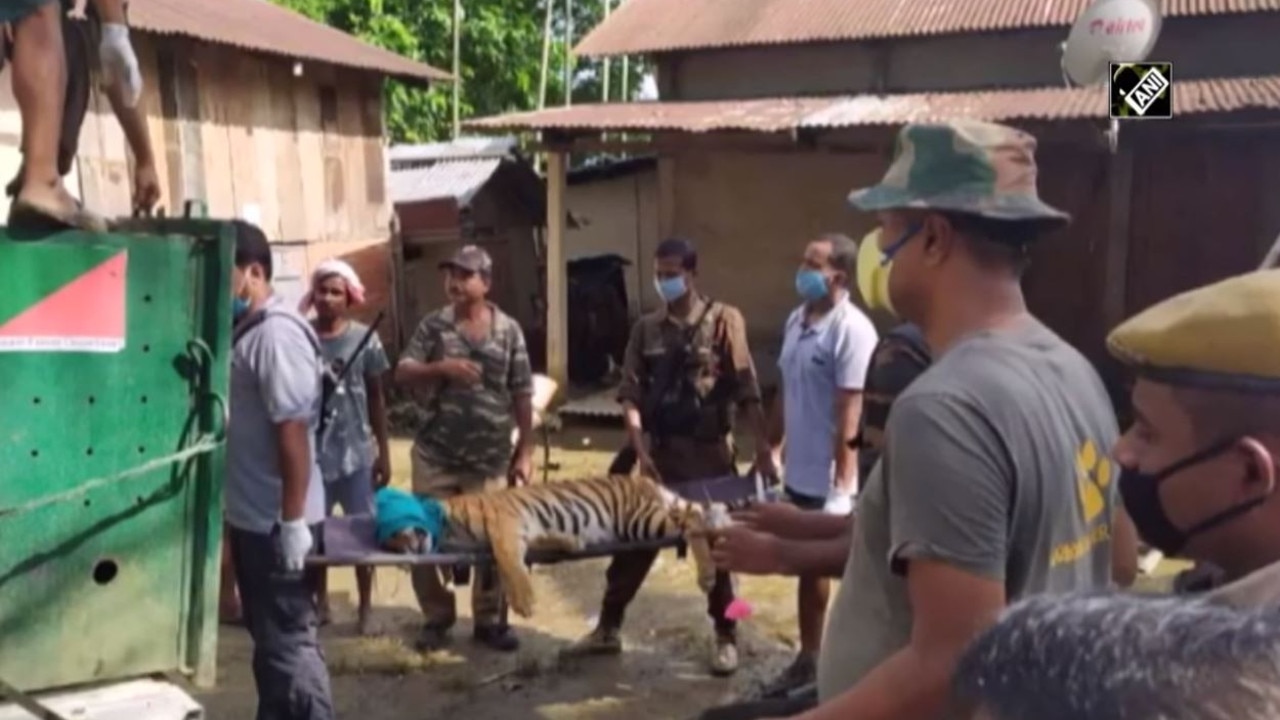
The tigress was also taken to the rehabilitation centre and was today released back in the park.
SHE IS BACK to HER HOMEðŸ¯
— Kaziranga National Park & Tiger Reserve (@kaziranga_) July 17, 2020
She will be followed by our staffs for few more days for her safety
Thank you all once againðŸ™@CMOfficeAssam @ParimalSuklaba1 @ntca_india @wti_org_india @surenmehra @RandeepHooda @SaikiaRohini @iam_Pirai @ritupabanborah @rathinbarman @samshulwildvet pic.twitter.com/xFz6pSMIIH
Prince William and Catherine, Duchess of Cambridge, visited the Kaziranga National Park in April 2016, feeding elephants and patting rhinos during a week-long tour of India and Bhutan.
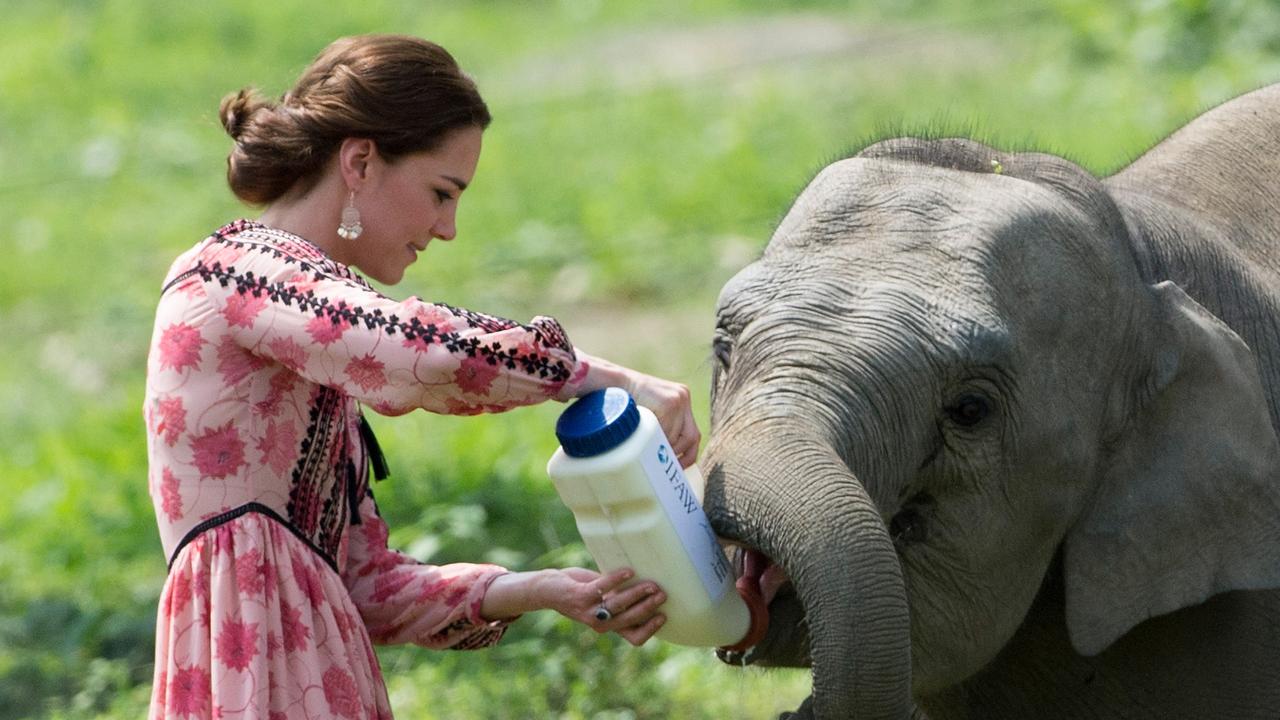
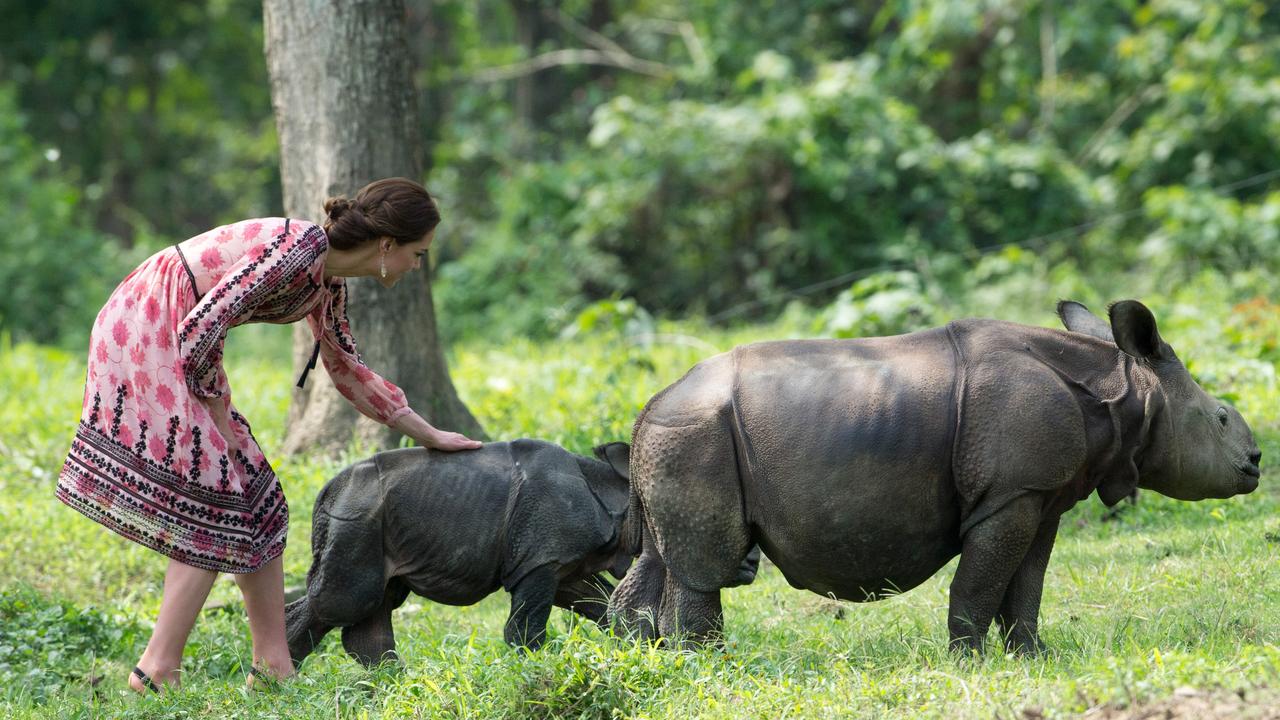
The homes and communities of nearly four million people in Assam have been flooded or damaged by heavy rains, with 33 people killed in the last 10 days.
According to The Hindu, five people died across four districts in Assam on Thursday alone.
The current deluge to hit the area is also impacting Bangladesh and Nepal.
In Bangladesh, authorities said conditions had improved slightly but nearly one-third of the delta nation was still under water.
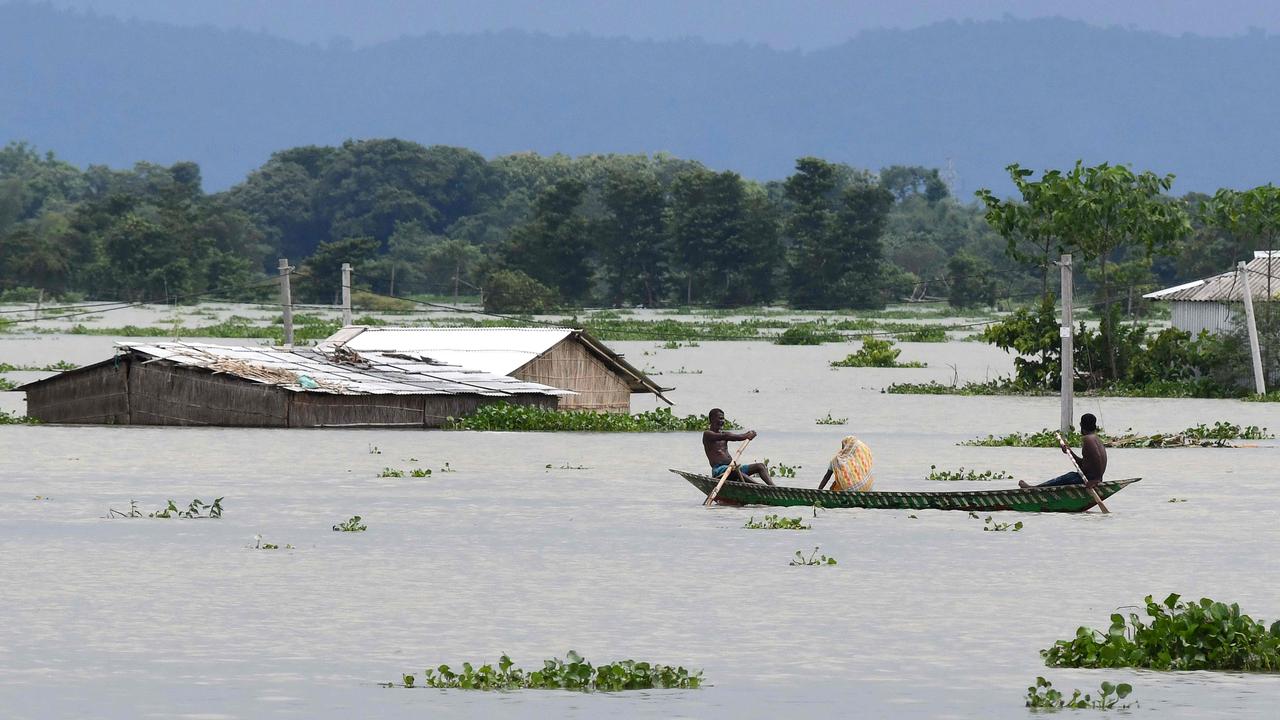
At least six people have died with 1.8 million people’s districts hit by the severe downpours and overflowing rivers, Bangladesh’s disaster management ministry said.
The Brahmaputra, a mighty Himalayan river system, burst its banks late on Wednesday and flooded a border town and several villages.
In Nepal, 67 people have died and 45 are missing after landslides and floods triggered by the rains since Sunday last week, with the army and police searching for survivors.
– With AFP



